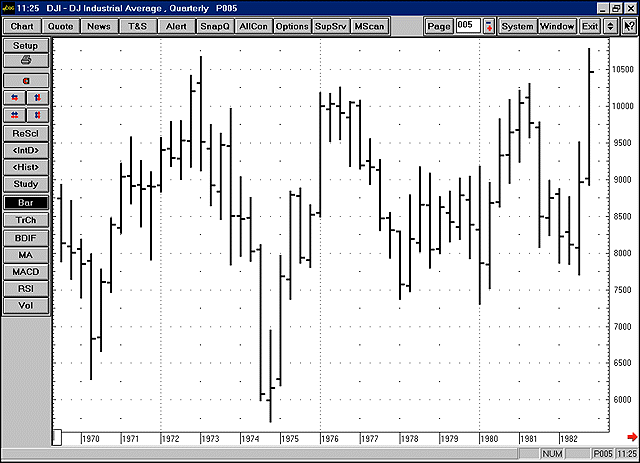Let's start with your background.
Sure. My undergraduate work was at the Massachusetts Institute of Technology (Mit), and after I received my bachelor of science in engineering, I went to work for Exxon Math and Systems. That was in 1957. I interviewed with Exxon, thinking that there had to be a job there for somebody in chemical engineering. As it turned out, they said that they were just forming a computer department, and would I like to join them? I was candid and told them that I had never even seen a computer before, much less worked with one.
Computers weren't exactly sitting on everyone's desks back in 1957. It was definitely a very different world than it is today. But that offer sounded like a great opportunity, and I spent a year or so learning on the job and finding out how computers worked. I saw all these bright young kids coming out of college with degrees in computer science, even back then, and so I decided that I had better go back to school and get a degree in computer science. That led to my master's degree. One of my specialties was computer graphics, which in turn led to a new career path.
What happened?
A company called Merlyn Systems Corp. was spun off from Merrill Lynch. In fact, I was their first employee. Merrill Lynch wanted an online system that would capture every transaction from six different exchanges. There was the New York Stock Exchange (Nyse), the American Stock Exchange (Amex) and four commodity exchanges. They wanted to be able to store every trade away in a database and allow their own analysts and customers to call up charts on a real-time basis. People could then do technical studies.

When was that?I've seen quite a bit of growth in the industry. The very first issue of MoniResearch Newsletter only had something like 10 or 11 market timers, and now IÕm tracking nearly 75. -- Steve Shellans
That was in 1968. That was pioneering activity in those days. My principal activity was working with clients who wanted to develop trading models. Back then, there were only mainframe computers, and you needed a professional programmer to help your clients develop the trading models. My group developed a loyal following. Then in 1972, I decided to leave New York, for typical reasons: Traffic, pollution, crime. I moved to Oregon with my wife and four children.